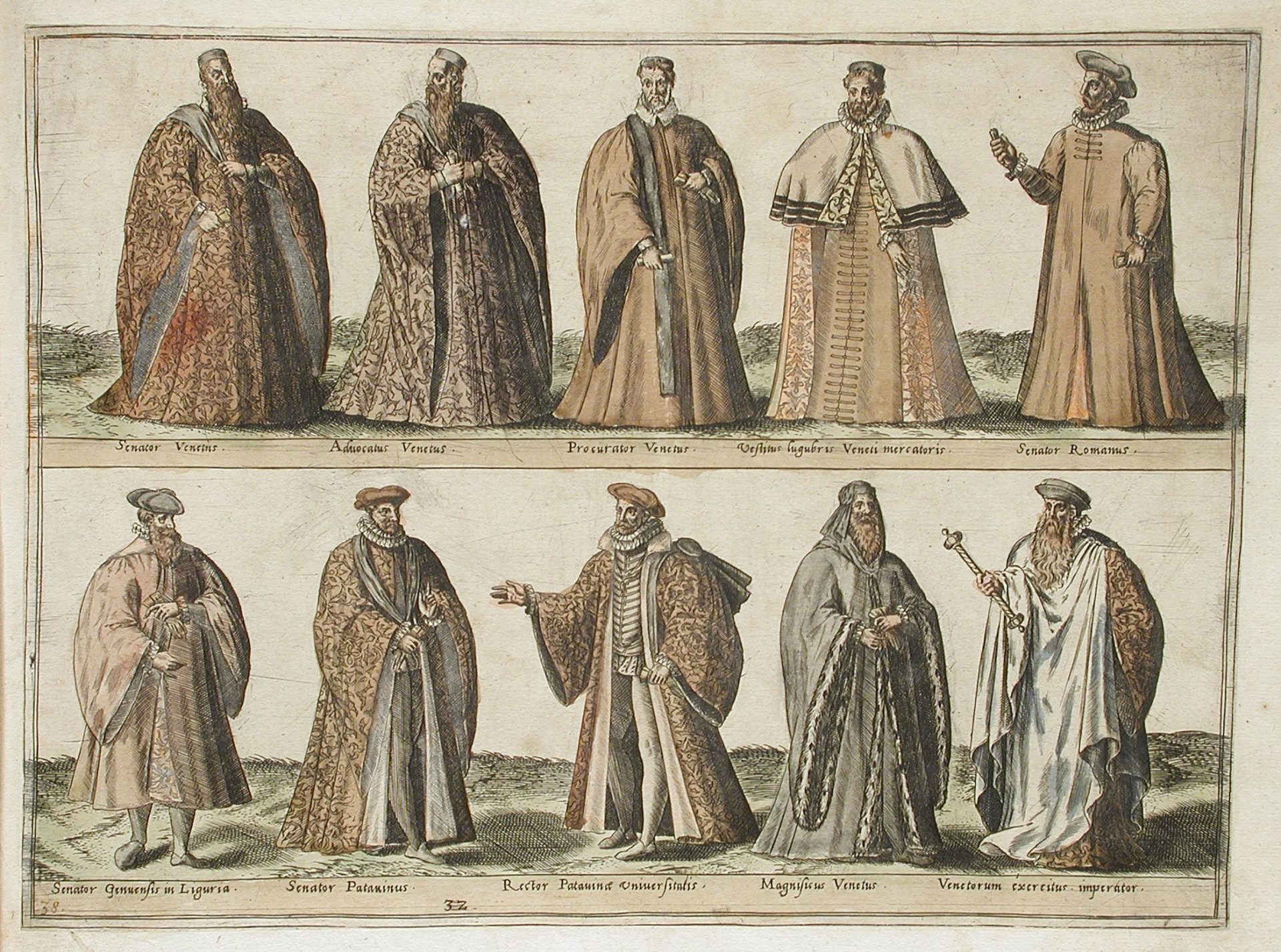It is also probable that this is the first prison in Europe equipped not only with a detention space, that is the cells but also for legal use, that is the great Hall of the Magistracy – nowadays it is normal for a prison to be equipped with spaces for prisoners and that for lawyers and magistrates but until before the construction of this building this was not yet the case.
When the prison began to function, the building became the seat of a police force which was also entrusted with the execution of judicial functions following consultation with the judiciary and the Consiglio dei Dieci. It was the Signori di Notte al Criminal, a relatively ancient institution, created in 1200 when at the time it had only two agents, which however over time became six like the districts (sestieri) of Venice, when each of them is entrusted with the control of a district. It was their job to continue with the arrests, open a trial, and also decide on incarceration, or physical punishments and punishments such as torture and mutilation.
Therefore, one ended up locked up in the New Prisons following an arrest or because he was caught in a flagrant crime, or through a report, as shown by the walled-up “letterbox”, and whose use is confirmed by the inscription that can be read there. The anonymous letters of denunciation for secret pieces of information were placed there, they were all read, and the content evaluated, those of greater gravity or interest were chosen. The most famous that ended up there, was the one accusing Giacomo Casanova, which was followed up with the arrest of the famous tombeur des femmes which took place on July 26 1755. The same process took place in the New Prisons, ending with full condemnation for all the disputed charges, and the decision to lock him up in the Plombs.






